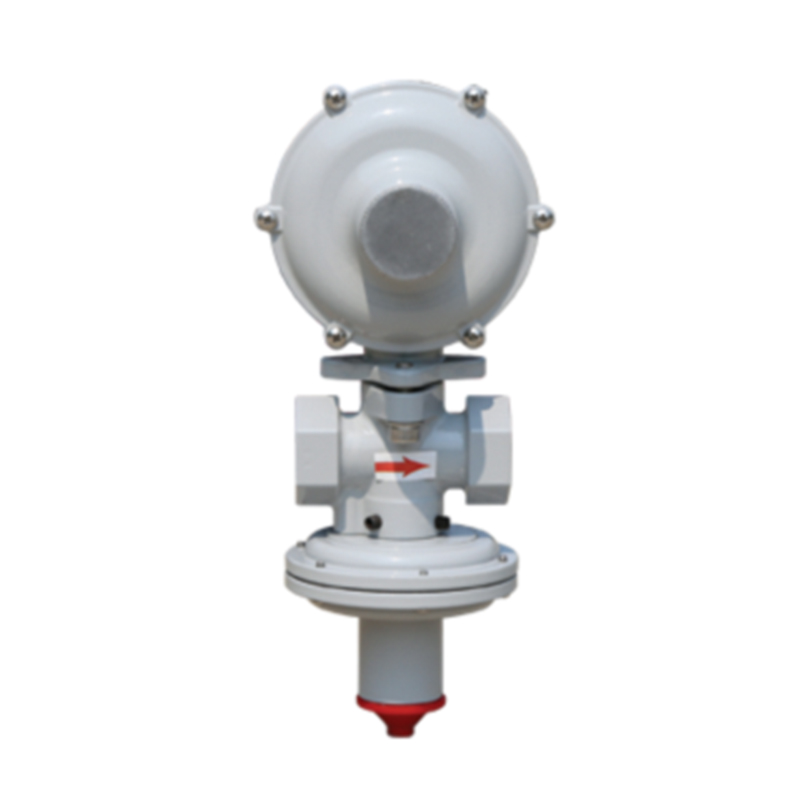
Dec . 01, 2024 15:04
Back to list
وعاء ضغط الغاز
Understanding Gas Pressure Vessels Applications and Safety Measures
Gas pressure vessels are essential components in various industries, playing a crucial role in the storage and handling of gases under pressure. These vessels are specifically designed to contain gas in a way that ensures safety, efficiency, and reliability. This article delves into the fundamental concepts of gas pressure vessels, their applications, and the safety measures necessary to operate them securely.
What is a Gas Pressure Vessel?
A gas pressure vessel is a container designed to hold gases at a pressure significantly different from the atmosphere. According to various regulations, a vessel that holds gas at a pressure of 15 psi (pounds per square inch) or greater is classified as a pressure vessel. These vessels are built to withstand high pressure and are constructed from materials capable of meeting the demands of the specific gas they store. Common materials include carbon steel, stainless steel, and composite materials, selected based on their strength, durability, and corrosion resistance.
Applications of Gas Pressure Vessels
Gas pressure vessels are utilized in numerous applications across various industries
1. Chemical Industry In chemical processing, gas pressure vessels are used for the storage of reactants and products. They facilitate the safe handling of gases like hydrogen, oxygen, and natural gas, which are crucial for many chemical reactions.
2. Petrochemical Industry Pressure vessels are pivotal in oil and gas production, where they store natural gas and other volatile substances under pressure. They are also essential in refining processes.
.
4. Energy Sector In renewable energy applications, gas pressure vessels are increasingly used to store gases produced by anaerobic digestion processes. Furthermore, they play a vital role in hydrogen storage for fuel cells and other energy sources.
وعاء ضغط الغاز

5. Healthcare Medical gas pressure vessels store gases such as oxygen, nitrous oxide, and medical air in hospitals and clinics, ensuring a reliable and pressurized supply for patients' needs.
Safety Measures for Gas Pressure Vessels
Safety is paramount when working with gas pressure vessels. To mitigate risks associated with high-pressure gases, several safety measures should be implemented
1. Design and Construction Pressure vessels must be designed by qualified engineers following applicable codes and standards, such as the ASME Boiler and Pressure Vessel Code. The materials used should be suitable for the gas type to prevent reactions that can lead to failures.
2. Regular Inspections Routine inspections and maintenance are essential to identify wear, corrosion, and other potential issues early. Inspections should follow standardized protocols, including non-destructive testing methods.
3. Pressure Relief Devices All gas pressure vessels should be equipped with pressure relief valves to prevent over-pressurization. These valves automatically release gas when the pressure exceeds safe limits, minimizing the risk of explosions.
4. Training and Protocols Personnel working with gas pressure vessels need comprehensive training on handling procedures, emergency protocols, and the specific properties of the gases involved. Establishing clear operational protocols can reduce the likelihood of human error.
5. Emergency Preparedness In the event of an emergency, having a well-documented plan that includes evacuation procedures, communication strategies, and containment measures is crucial. Regular drills should be conducted to ensure that everyone is prepared for potential incidents.
Conclusion
Gas pressure vessels are indispensable in many industrial applications, providing safe and efficient storage and handling of gases under pressure. Understanding their significance, applications, and the importance of safety measures is vital for anyone involved in industries that utilize these vessels. By adhering to safety standards and implementing rigorous maintenance and training programs, industries can prevent accidents and ensure the safe operation of gas pressure vessels, thus protecting personnel and the environment.
Next:
Latest news
-
Safety Valve Spring-Loaded Design Overpressure ProtectionNewsJul.25,2025
-
Precision Voltage Regulator AC5 Accuracy Grade PerformanceNewsJul.25,2025
-
Natural Gas Pressure Regulating Skid Industrial Pipeline ApplicationsNewsJul.25,2025
-
Natural Gas Filter Stainless Steel Mesh Element DesignNewsJul.25,2025
-
Gas Pressure Regulator Valve Direct-Acting Spring-Loaded DesignNewsJul.25,2025
-
Decompression Equipment Multi-Stage Heat Exchange System DesignNewsJul.25,2025

